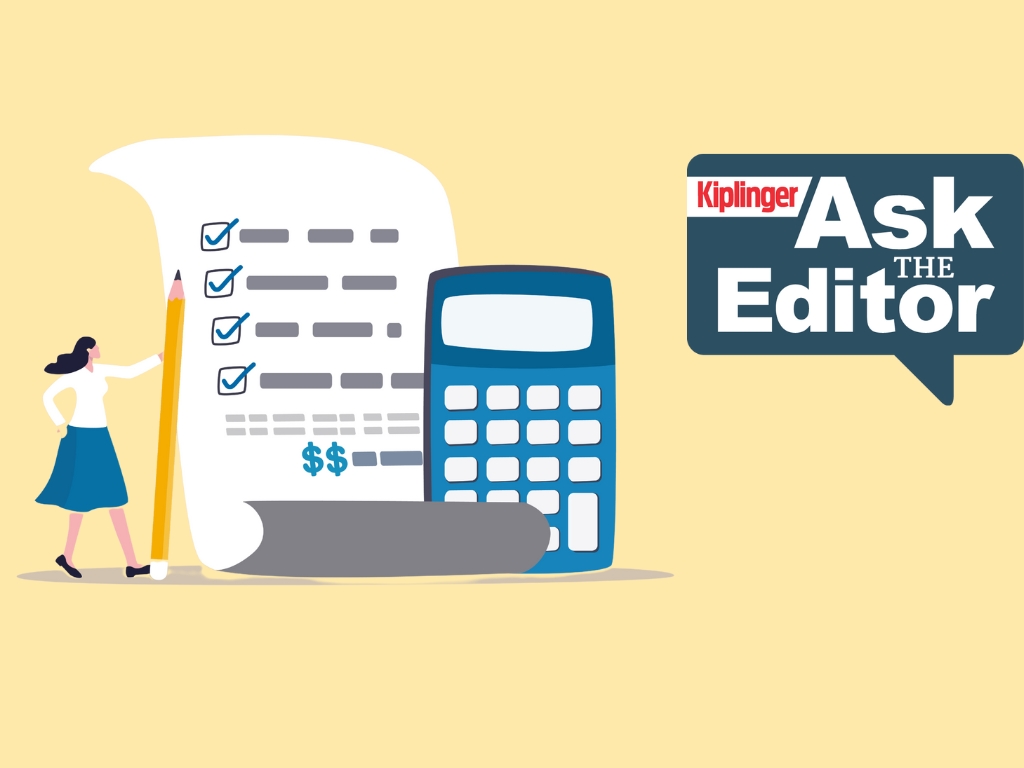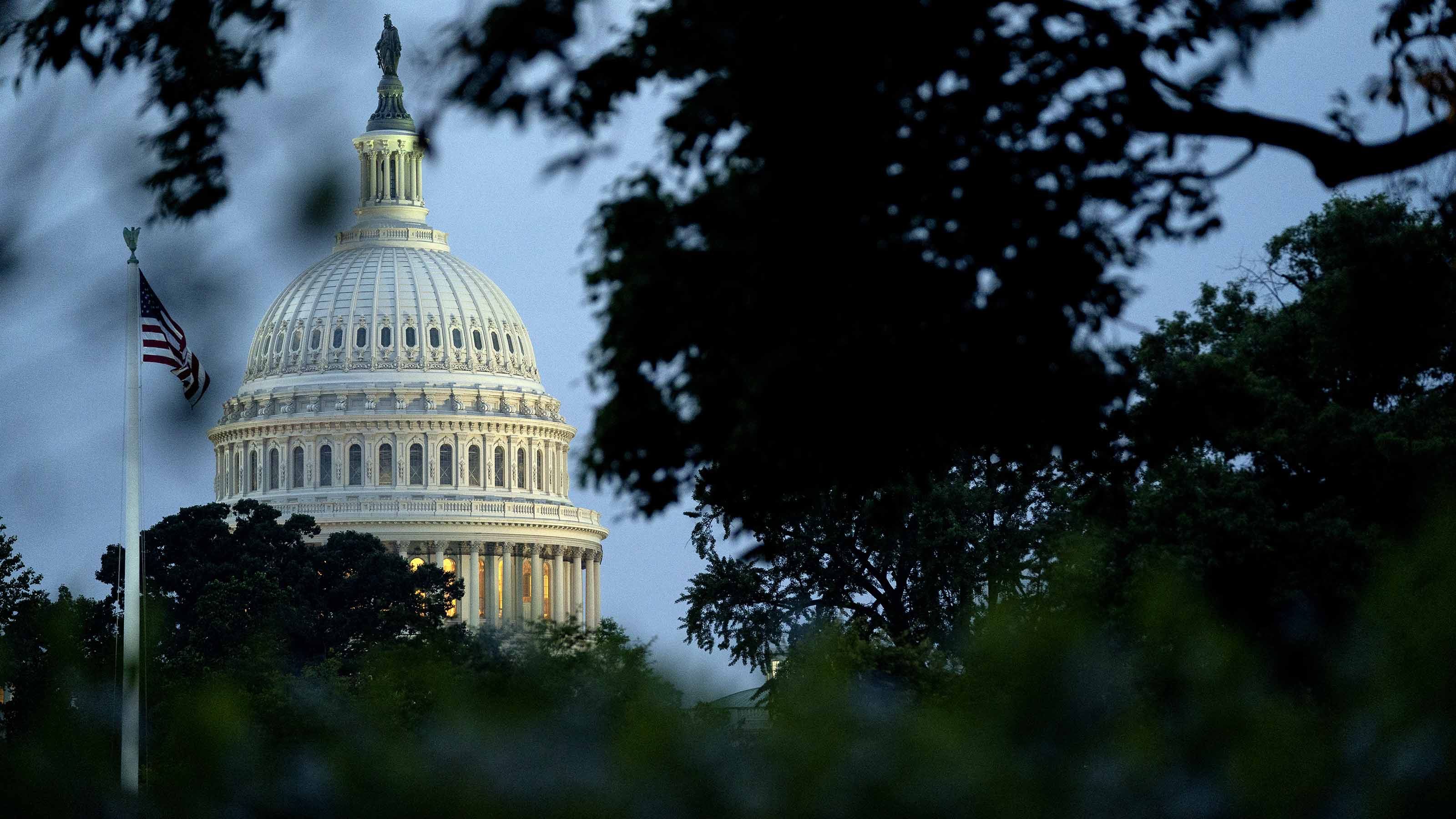A Temporary Lift for Retail Sales
Buoyed by the federal cash for clunkers program, late summer retail sales also reflect consumers’ improved outlook.

Don’t expect the brisk August pace of retail sales to continue. The cash for clunkers program not only pumped up auto sales but also gave consumers’ spirits a lift, inspiring them to spend a bit more on other goods as well. But that freshening breeze will be short-lived—the federal tax credit for car purchases has ended.
Meanwhile, the chilling effect of rising unemployment will continue into early 2010 and constrain spending during the high-stakes holiday season. Retailers typically ring up from 25% to 40% of their total sales during the last three months of the year. This year, they’ll see holiday spending about even with last year. That’s not saying much: Holiday spending in 2008 was dismal, with sales dropping 3% from 2007 levels—the first holiday period decline in decades.
“We’re in the trough right now,” says Leon Nicholas, director of retail insights at Management Ventures Inc., a retail consulting firm. The sales level is “like a pebble going along the bottom of a seabed—it pops up a little bit because a little current will get it or a breeze will go by.” Cash for clunkers pushed the pebble up in August, pumping $300 billion into car sales during the summer. That drove vehicle sales to an annualized pace of 14 million in August, compared with a pre-clunker pace of fewer than 10 million.
From just $107.88 $24.99 for Kiplinger Personal Finance
Become a smarter, better informed investor. Subscribe from just $107.88 $24.99, plus get up to 4 Special Issues

Sign up for Kiplinger’s Free Newsletters
Profit and prosper with the best of expert advice on investing, taxes, retirement, personal finance and more - straight to your e-mail.
Profit and prosper with the best of expert advice - straight to your e-mail.
It’s likely, though, that some of the summer sales were siphoned from future sales, making it tricky to assess the final impact of August sales. Odds are the auto incentive will result in a third-quarter increase in consumer spending of 2.5%, following a contraction of 1% in the second quarter. Come fourth quarter, with no clunker driven car sales, consumer spending is likely to increase only about 1%.
Overall retail sales rose a robust 2.7% in August, following a dip of 0.2% in July and small increases in May (0.5%) and June (0.9%). In addition to cars, electronics, clothing, sporting goods and general merchandise sales went up in August. Sales of furniture and building materials were down.
The retail sales report doesn’t include purchases of services, which make up about 55% of total consumer spending. Nevertheless, the retail sales figure can indicate the direction of spending trends as it includes discretionary spending—on both high priced items such as cars and appliances and lower priced products such as apparel, toys, electronics, sporting goods and meals consumed at restaurants. For most of this year, spending in those categories posted monthly declines. Moreover, the latest Federal Reserve Board report on economic conditions around the country—compiled in August and early September—notes that although back-to-school sales bumped up spending, “shoppers remain focused on essentials and continue to refrain from purchasing discretionary and big-ticket items,” with the exception of cars.
Still, there’s no doubt the uptick in August is good news for the economy. Lyle Gramley, former Federal Reserve Board governor, says, “Consumers are feeling more confident. Happy that home sales are turning up, happy that stock prices are up, they’re in a mood to spend more.”
Kiplinger Recovery Index
require("/Web/doc/www.kiplinger.com/businessresource/recovery/table.html");?>
For weekly updates on topics to improve your business decisionmaking, click here.
Profit and prosper with the best of Kiplinger's advice on investing, taxes, retirement, personal finance and much more. Delivered daily. Enter your email in the box and click Sign Me Up.
-
 Ask the Editor: Itemized Deductions
Ask the Editor: Itemized DeductionsAsk the Editor In this week's Ask the Editor Q&A, Joy Taylor answers questions on itemized deductions claimed on Schedule A of Form 1040
-
 9 Types of Insurance You Don't Need
9 Types of Insurance You Don't NeedFinancial Planning If you're paying for these types of insurance, you may be wasting your money. Here's what you need to know.
-
 Are You Putting Yourself Last? The Cost Could Be Your Retirement
Are You Putting Yourself Last? The Cost Could Be Your RetirementIf you're part of the sandwich generation, it's critical that you don't let the needs of your aging parents come at the expense of your future.
-
 AI Appliances Aren’t Exciting Buyers…Yet
AI Appliances Aren’t Exciting Buyers…YetThe Kiplinger Letter Artificial intelligence is being embedded into all sorts of appliances. Now sellers need to get customers to care about AI-powered laundry.
-
 What to Expect from the Global Economy in 2026
What to Expect from the Global Economy in 2026The Kiplinger Letter Economic growth across the globe will be highly uneven, with some major economies accelerating while others hit the brakes.
-
 The AI Boom Will Lift IT Spending Next Year
The AI Boom Will Lift IT Spending Next YearThe Kiplinger Letter 2026 will be one of strongest years for the IT industry since the PC boom and early days of the Web in the mid-1990s.
-
 Amid Mounting Uncertainty: Five Forecasts About AI
Amid Mounting Uncertainty: Five Forecasts About AIThe Kiplinger Letter With the risk of overspending on AI data centers hotly debated, here are some forecasts about AI that we can make with some confidence.
-
 Worried About an AI Bubble? Here’s What You Need to Know
Worried About an AI Bubble? Here’s What You Need to KnowThe Kiplinger Letter Though AI is a transformative technology, it’s worth paying attention to the rising economic and financial risks. Here’s some guidance to navigate AI’s future.
-
 Will AI Videos Disrupt Social Media?
Will AI Videos Disrupt Social Media?The Kiplinger Letter With the introduction of OpenAI’s new AI social media app, Sora, the internet is about to be flooded with startling AI-generated videos.
-
 What Services Are Open During the Government Shutdown?
What Services Are Open During the Government Shutdown?The Kiplinger Letter As the shutdown drags on, many basic federal services will increasingly be affected.
-
 The Economy on a Knife's Edge
The Economy on a Knife's EdgeThe Letter GDP is growing, but employers have all but stopped hiring as they watch how the trade war plays out.